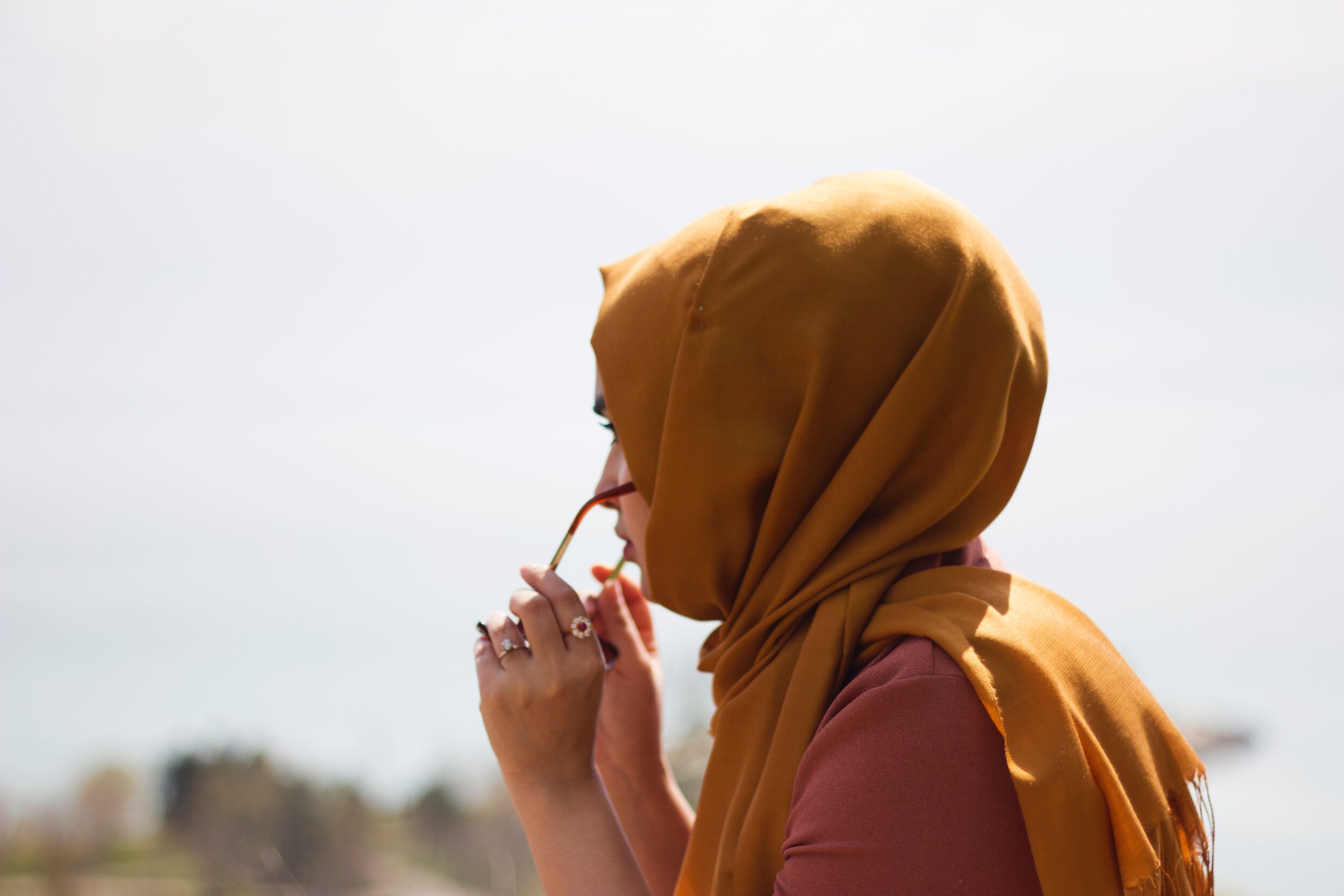#TRENDING
Cultural appropriation in fashion isn't new. Most of the “trends” we follow year after year are created on runways where the targeted consumers are those who don't think twice about buying a £580 hat.
The fashion industry likes to hide under the shadow of “ inspiration”. Design students are taught to take inspiration from historical sites and ‘exotic’ cultures. Ethics very rarely step in when the topic turns to plagiarism. Even when adding opposite-facing, interlocking Cs to a £1,130 ($1930) boomerang doesn't really make it Chanel’s property.
Here, I'm talking about the fact that Chanel has been producing and selling boomerangs since 2005, yet the brand gained attention for these boomerangs when YouTuber Jeffree Star bought the newest addition to the ‘other accessories’ tab on their website in 2017.
Boomerangs have been traditionally used by Indigenous Australian people as weapons. They not only have extreme cultural significance but have also been stolen from them due to colonisation and settlers. Boomerangs and ancestral remains are taken from indigenous nations across Australia and placed on museum shelves where they lie dusty and unlabelled, their identity stripped from them and reduced to a souvenir in tourist shops.
Chanel’s version of a boomerang is a simplification of Indigenous Australian culture. It is overpriced and inaccessible to the people it belongs to. Moreover, it's price, $1930, is equivalent to 10% of the average income of an Aboriginal household.
After being called out, Chanel responded by stating that it is “extremely committed to respecting all cultures, and regrets that some may have felt offended.” Chanel’s ‘respect’ isn't enough when Aboriginal elders are crowdfunding to gain access to their ancestral remains.
Fashion’s relationship with cultural appropriation doesn't stop there. On the runway of the 2016 New York Fashion Week, Marc Jacobs promised to stun audiences - the result? White models walked down the runway with dreadlocks. When asked about his point of reference Marc cited “Marilyn Manson and Boy George” neither of whom are Black. Similarly, Guido put cornrows on white models for an Africa themed Valentino show, where out of the show’s 87 looks only 8 were given to Black models.
Marc Jacobs took it to Instagram to talk to us about how “... I don't see color or race, I see people. I'm sorry to read that so many people are so narrow minded...Love is the answer. Appreciation of all and inspiration from anywhere is a beautiful thing. Think about it.”
Fashion wants Black culture without Black people, and there's nothing new about that.
Our final example brings us to Gucci. As seen at Milan Fashion Week, Gucci placed white models in Turbans, Niqabs and Hijabs. Instead of paying Sikhs and Muslims to model for them, Gucci chose to appear on the #trending section of the internet with items of religious significance without the constant threat of violence being shoved down their throat. I don't think any of us are strangers to the violence that Sikh and Muslim people face across the world.
Gucci tried to excuse their ignorance by quoting French Philosopher Michel Foucalt about how identity is socially positioned to fit into a binary system, forcing people to be either normal or abnormal. According to Gucci’s farfetched logic this show is designed to be as “abnormal” as possible. Turbans on white people are the “abnormal” fashion statement Gucci was looking for. They conveniently decided to ignore that these “abnormal” fashion statements often leave Sikhs and Muslims branded ‘terrorists’.
At this point we understand that the fashion industry has a cultural appropriation problem but the fact that they keep repeating the same mistakes shows that they have a problem with accountability, and this goes beyond the overused “ I don't see colour, we are all one race” excuse.
This problem with accountability stems from the fact that this is an industry full of rich white people, and historically rich white people are used to stealing from Black and Non Black People of Colour.
Luxury brands aren't afraid of people on Twitter boycotting their products, because they know that it is most likely that these people aren't able to afford these products in the first place. The people who buy these products are, you guessed it, mostly wealthy and white These mostly wealthy, white people aren't going to boycott these brands, because buying these products keeps them in power.
White people are used to taking culturally significant items and exoticising them to a point where they are no longer known for their cultural relevance, but rather for their connection to wealthy whiteness. This empire benefits only when the symbols being appropriated don't benefit the people to whom they belong to.

